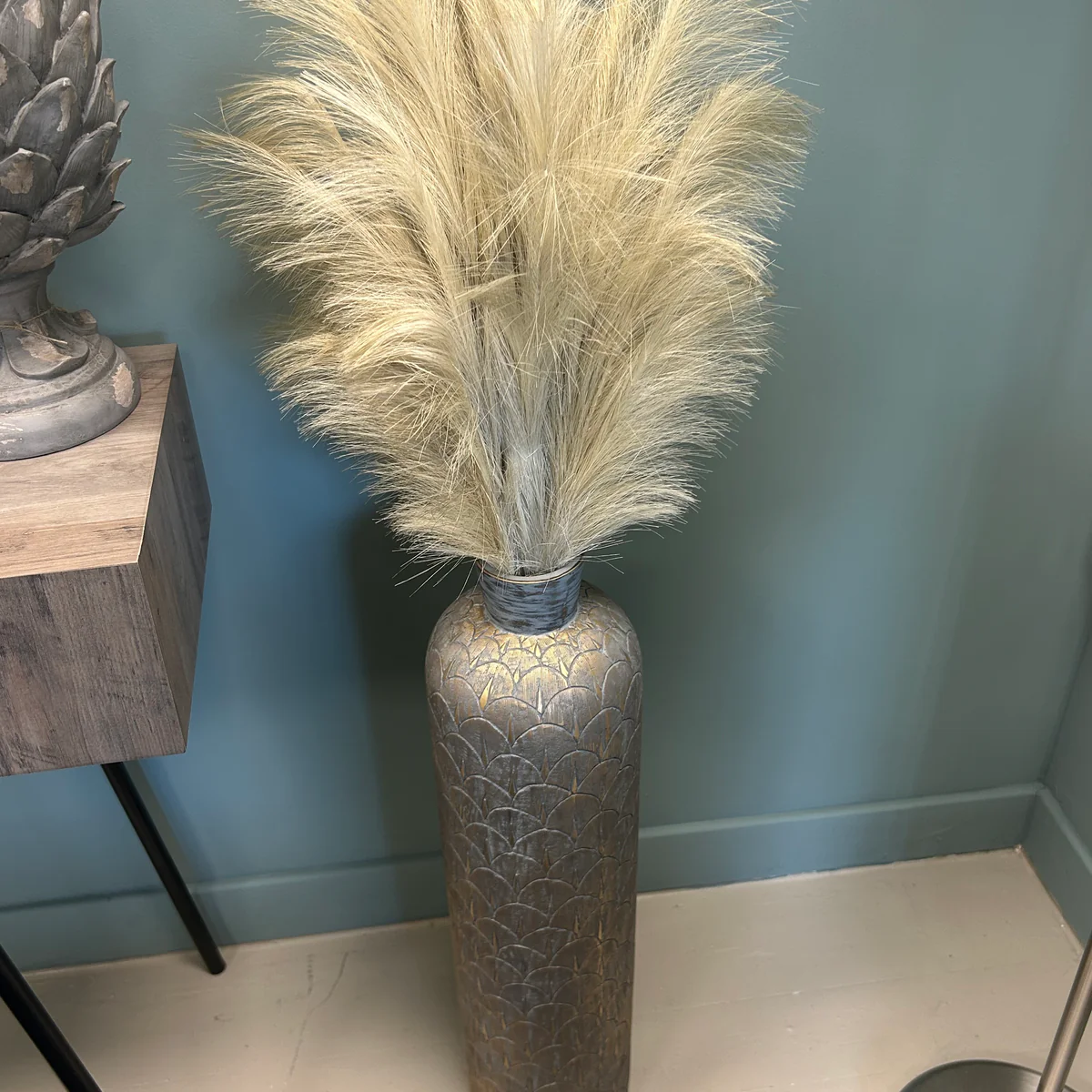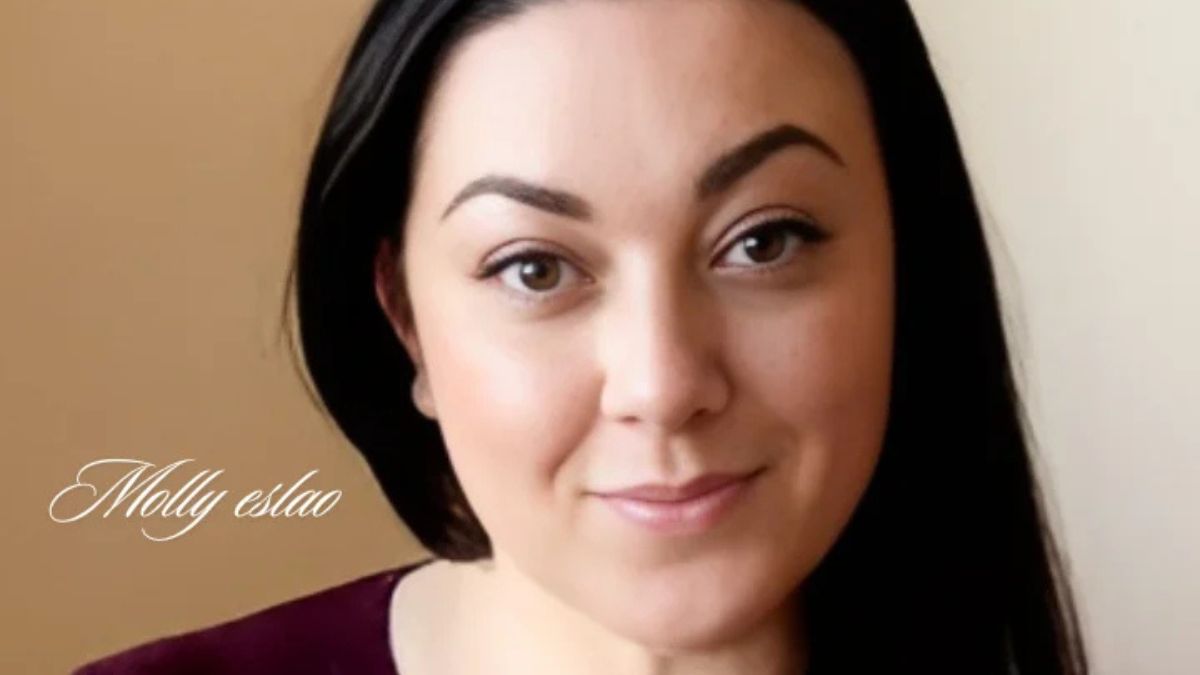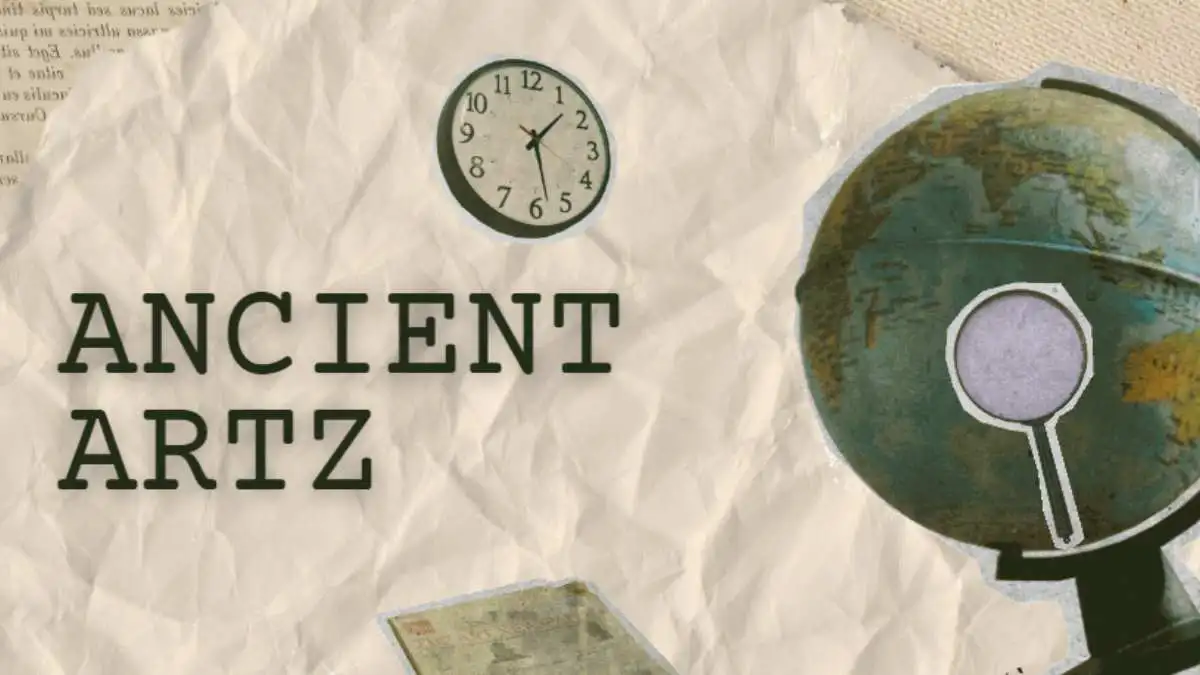Vintage vases hold a unique charm that transcends trends, offering a window into the past while remaining relevant in modern interiors. With intricate craftsmanship, storied histories, and an eclectic mix of styles, these timeless pieces captivate collectors, decorators, and art enthusiasts alike. Whether made of glass, ceramic, porcelain, or metal, each vintage vase tells a story, carrying with it the aesthetics, culture, and values of its time.
A Journey Through Time: The History of Vintage Vases
Vases have been functional and decorative objects for centuries, often embodying the artistic and cultural values of their period. Ancient civilizations, from the Greeks and Romans to the Chinese dynasties, used vases in ceremonies, as offerings, and for storage. Each culture developed distinctive shapes, styles, and decorative motifs, making these vases valuable artifacts in art history.
During the Renaissance, Baroque, and Victorian eras, vase production flourished in Europe, with artisans adding elaborate details, such as floral patterns, delicate etchings, and even gilded accents. These antique designs became synonymous with sophistication and were highly sought after by the elite. By the 19th and 20th centuries, vase styles evolved, embracing new materials, shapes, and color palettes. Mid-century modern designs, for example, favored sleek lines and simple forms, often crafted in glass and ceramic with minimalist designs that contrasted the ornate vases of previous eras.
Why Vintage Vases Remain Popular
Vintage vases are prized for their aesthetic appeal, quality, and uniqueness. Unlike mass-produced modern items, each vintage vase often boasts handcrafted details that showcase the artisan’s skill and creativity. This individuality allows these vases to serve as statement pieces in contemporary homes, adding character and depth to any room.
Many people are drawn to vintage vases for their investment potential. As certain periods or styles become popular again, the value of vintage vases can appreciate. Art Nouveau vases, mid-century modern glassware, and Chinese porcelain, for example, often see a steady demand in the collector’s market, sometimes selling for high prices at auctions.
Integrating Vintage Vases in Modern Decor
The timeless quality of vintage vases makes them incredibly versatile in interior design. They can easily serve as the focal point on a mantel, bookshelf, or dining table, effortlessly elevating the room’s aesthetics. For those who love a rustic or eclectic vibe, placing vintage vases alongside modern decor creates an intriguing contrast, combining old-world elegance with contemporary minimalism.
Small, colorful vintage vases add pops of color to neutral spaces, while larger statement pieces can transform a room, especially when paired with fresh or dried flowers. Art Deco and Art Nouveau vases, known for their intricate patterns and unique shapes, work beautifully in eclectic settings, whereas sleek mid-century pieces complement modern spaces.
How to Source Authentic Vintage Vases
With the growing popularity of vintage decor, finding authentic pieces requires a discerning eye. Here are some tips for sourcing genuine vintage vases:
- Research and Understand Key Features: Familiarize yourself with the styles, materials, and markings of different periods. For instance, mid-century pieces may have certain tell-tale color schemes, while Art Deco vases often feature geometric shapes and metallic accents.
- Visit Antique Shops and Estate Sales: Local antique stores, estate sales, and flea markets are excellent places to find genuine vintage vases. Many sellers are knowledgeable about their pieces and can offer insights into the vase’s origin and history.
- Verify the Markings and Materials: Many authentic vintage vases come with unique marks, symbols, or signatures that indicate the maker or period. Additionally, materials like genuine porcelain, glass, or ceramics are often heavier and more durable than modern replicas.
- Consider Online Marketplaces: Websites specializing in vintage and antique items, like eBay, Etsy, and 1stdibs, offer a wide selection of vases from various eras. However, make sure to verify the authenticity and condition before purchasing.
Preserving and Caring for Vintage Vases
Maintaining the beauty of vintage vases requires gentle care. Avoid using harsh chemicals for cleaning, as these may damage the glaze or finish. Instead, use a soft cloth and mild soapy water to gently remove dust or grime. For delicate materials like porcelain or glass, handle with extra care to avoid chips or cracks, as even small damages can reduce the vase’s value.
Final Thoughts
The allure of vintage vases lies in their rich history, unparalleled craftsmanship, and timeless design. They bring a sense of nostalgia, a connection to the past, and a touch of elegance to any space. As more people embrace sustainable and vintage decor, these vases will continue to captivate, proving that classic beauty truly never goes out of style. Whether you’re an avid collector or just looking to add a single statement piece, a vintage vase is a worthwhile investment that adds character and charm to any home.
FAQs on Vintage Vases
1. What is considered a “vintage” vase?
A vase is typically considered “vintage” if it’s around 20–100 years old. Anything older than 100 years may be considered “antique.” Vintage vases often showcase styles and materials that were popular in specific eras, such as Art Deco, mid-century modern, or Art Nouveau.
2. How can I tell if a vase is genuinely vintage?
Look for the following features:
- Maker’s Marks: Many vintage vases have unique markings, stamps, or signatures indicating the manufacturer and origin.
- Material Quality: Older vases were often made of high-quality porcelain, glass, or ceramic, which can feel heavier and sturdier than modern replicas.
- Signs of Age: Slight wear, patina, or aging can indicate authenticity. However, be cautious of excessive damage, as this may impact value.
3. Are vintage vases valuable?
Some vintage vases can be quite valuable, especially those from renowned makers, specific periods (like Art Deco or mid-century modern), or unique styles. The value can range significantly depending on factors like rarity, condition, material, and demand among collectors.
4. What are the most popular styles of vintage vases?
Popular styles include:
- Art Nouveau: Known for organic, nature-inspired designs.
- Art Deco: Often geometric with metallic accents.
- Mid-Century Modern: Simple forms, often in glass or ceramic with vibrant colors.
- Victorian: Ornate and sometimes floral-decorated ceramics and porcelain.
5. How can I care for and preserve my vintage vase?
To keep your vintage vase in good condition:
- Cleaning: Use a soft cloth and mild soapy water. Avoid harsh chemicals.
- Display: Place it securely to avoid accidents. Avoid direct sunlight to prevent fading.
- Handling: Handle with care to avoid chips, especially with delicate materials like glass or porcelain.
6. Can I put flowers in a vintage vase?
Yes, but with some care. For delicate or rare pieces, it’s recommended to use a small waterproof liner or vase insert to protect the interior. Avoid letting water sit for long periods in antique pieces, as it could damage certain materials or finishes.
7. Where can I buy authentic vintage vases?
You can find vintage vases at:
- Antique Shops: Often have a curated selection with knowledgeable staff.
- Estate Sales and Flea Markets: Great for unique finds.
- Online Marketplaces: Websites like eBay, Etsy, or 1stdibs offer a range of vintage vases. Just be sure to verify authenticity and check seller reviews.
8. How do I determine the value of my vintage vase?
Research similar vases online or consult resources like antiques guides. For higher-value pieces, consider an appraisal from an antique expert, especially if it’s rare or made by a famous maker.
9. Are there specific periods that are more collectible than others?
Yes, certain periods and styles are particularly collectible, such as:
- Art Nouveau (late 1800s – early 1900s): Known for intricate, nature-inspired designs.
- Art Deco (1920s – 1930s): Popular for its geometric designs and luxury feel.
- Mid-Century Modern (1940s – 1960s): Highly sought after for its simplicity and vibrant colors.
10. Can I restore a damaged vintage vase?
Restoration is possible but should be done by a professional conservator to avoid reducing the vase’s value. DIY repairs can sometimes decrease value, especially if the vase is rare or highly collectible.











